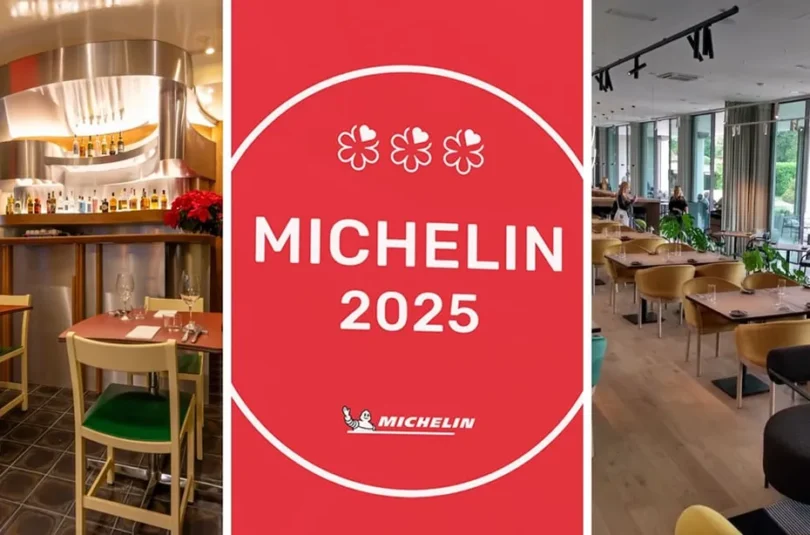Introduction
In the narrow lanes of Marrakech or Fez, scent leads the way before sight. Charcoal smoke, toasted cumin, citrus, and the faint sweetness of saffron mark the Moroccan kitchen as a multisensory experience. That same logic of aroma, texture, and contrast now appears on tasting menus across Europe and the Gulf.
Michelin level gastronomy has long absorbed techniques from Japan, Peru, and the Mediterranean. Morocco is its newest quiet influence, not through imitation but through philosophy, the discipline of balance, patience, and hospitality.
Moroccan Philosophy in a Michelin Frame
Flavor Architecture
Moroccan cooking layers contrast, sweet with salty, warmth with acid, soft with crisp. This mirrors the structure of fine dining courses where balance defines sophistication. Chefs integrate this grammar, a drop of preserved lemon vinaigrette for brightness, a drizzle of saffron oil for perfume, a glaze recalling chermoula, within European methods.
The Logic of Texture
In Moroccan tradition, every dish has movement. Couscous lifts, tagine sauce grounds, bread absorbs. Michelin kitchens now design texture hierarchies the same way, crunch above, silk beneath, reduction in the middle. The Moroccan principle of layering by mouthfeel finds a technical echo in modern plating.
Color and Temperature
Moroccan plates are rarely monochrome. Greens from herbs, yellows from saffron, reds from paprika, and the gleam of olive oil form a painterly palette. In fine dining, this palette translates into temperature play, warm spice sauces meeting cold citrus gels, a visual and thermal dialogue inherited from markets where heat and freshness coexist.
The Ingredients as Bridges
Preserved Lemon
Once reserved for home tagines, preserved lemon now appears minced into butters, oils, and reductions. In Michelin contexts it replaces vinegar or verjus, giving acidity and floral salt in one stroke.
Couscous Grain
No longer a side starch, couscous becomes a textural base for seafood or vegetables. Some kitchens toast it lightly before hydration, achieving nuttiness comparable to risotto yet lighter in mouthfeel.
Argan Oil and Almond
Argan’s roasted nuttiness and almond’s gentle sweetness inform sauces and desserts. Used as finishing oils or praline bases, they show Morocco’s ability to merge comfort and luxury.
Harissa and Spice Pastes
Rather than overt heat, harissa is used in microdoses for aroma, folded into aioli or emulsions. The shift reflects the precision of fine dining and turns intensity into nuance.
Aesthetics and Ritual
Minimalism Meets Abundance
Traditional Moroccan meals celebrate abundance, shared platters, communal bread, and layered service. Michelin plating reverses that visually yet keeps the spirit. Each tasting plate becomes a distilled gesture of generosity.
Hospitality as Performance
Serving tea with a high pour, arranging dishes centrally, or ending with sweets and fruit all express a ritual of welcome. Fine dining mirrors that with choreographed service, perfumed napkins, or tableside sauce pours that echo Moroccan ceremony.
The Scent Element
Morocco’s kitchen teaches that scent is memory. Modern gastronomy borrows this by smoking under cloches, infusing oils, or releasing citrus vapor at the table. These recreate the enveloping presence of a souk stall or hammam courtyard.
The Global Map of Influence
Restaurants in Paris, London, and Dubai have introduced Moroccan signifiers, saffron broths with citrus, couscous of cauliflower under seafood, or honey spice glazes for poultry. Culinary schools reference Morocco’s use of acid and aroma in training modules on balance. Even patisserie borrows from mhanncha and briouate, translating almond and orange blossom into contemporary forms.
This influence extends beyond ingredients. The hospitality philosophy, that food is an emotional exchange and not performance, aligns with Michelin’s current shift toward authenticity over opulence.
Conclusion
The Moroccan kitchen’s path to fine dining was inevitable. Its principles of harmony, aroma, and generosity align naturally with the ambitions of haute cuisine. When modern gastronomy seeks warmth without heaviness or structure without sterility, it finds guidance in Morocco’s balance.
From the medina to the Michelin table, the transformation is not a climb up a hierarchy. It is a continuation of an idea, that flavor, memory, and welcome are inseparable.


Leave a Reply